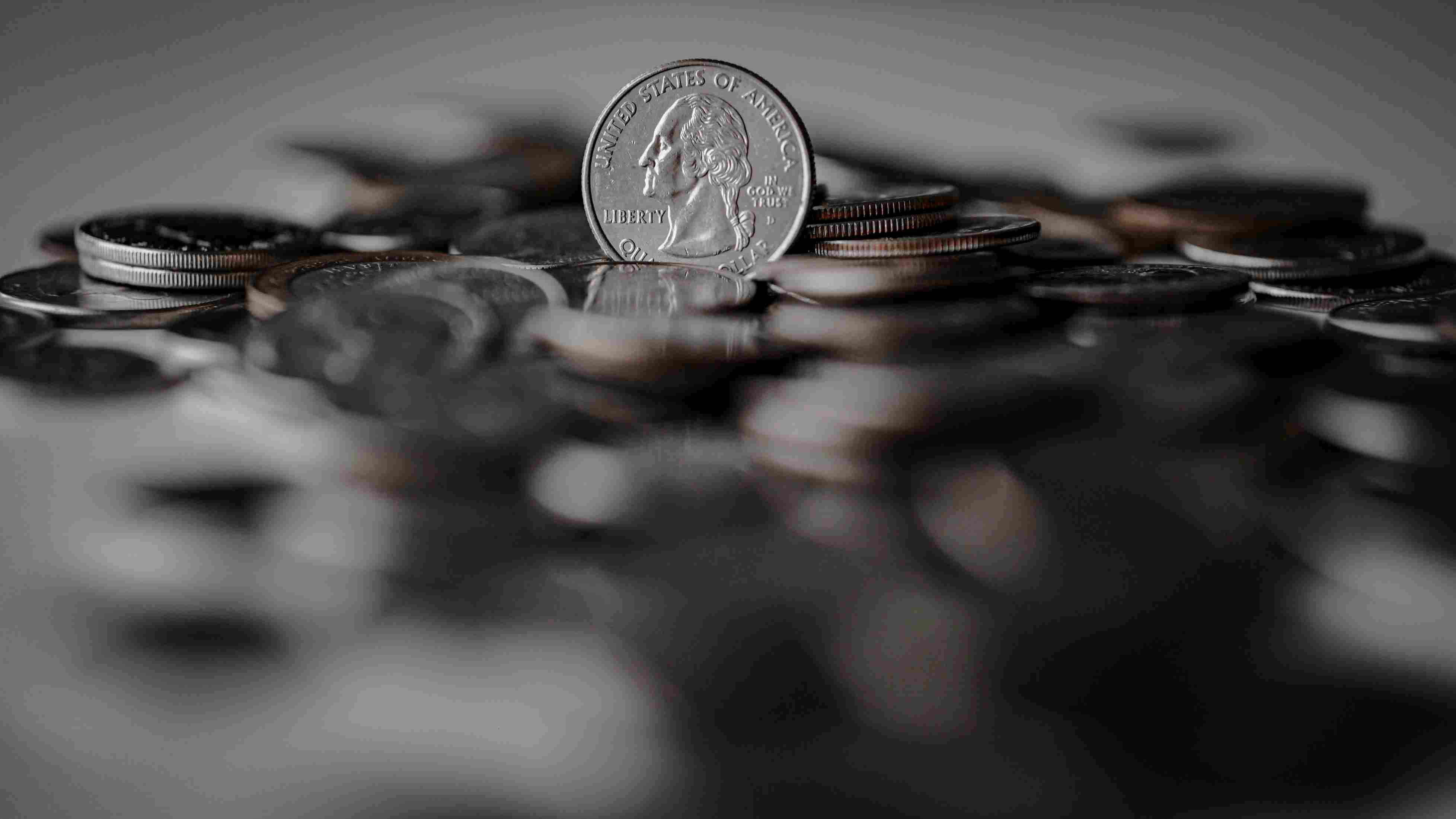Heads and tails are the two sides of a typical coin, where the obverse side usually has a portrait and the reverse side has another emblem or inscription. The idea is easy to understand: in a fair coin, either Heads or Tails must occur with approximately equal likelihood, and thus each result has.
P(Tails)≈0.5. Heads and tails are used in various real-life and learning situations. The coin flip is used by people to make simple binary choices, like between two choices, who plays a game, or a tie when other methods are not available. Coin tosses may determine the order of turns in a game or determine sides, and in classrooms, they may be used to demonstrate randomness and simple probability in a concrete manner.
Fundamental Principle
The fundamental principles of a coin toss are simple: you have a fair coin and a flat surface, and you predetermine what the coin will determine. A call or no-call arrangement is usually in place. In the call method, an individual bets Heads or Tails before the coin is flipped, and in case the bet is correct, the individual wins; in the no-call method, there is no prediction, and the result is known once the coin has been flipped. The act of flipping itself must be performed in a manner that is as unbiased as possible: toss the coin into the air with a sufficient amount of height, allow it to spin, and either pick it up and determine the outcome or allow it to fall on a flat surface without interference.
The result of a fair outcome requires that the coin is actually balanced and the process is free of any intentional manipulation of the flip or catch. In the analysis of probability, a fair coin provides a binomial distribution of repeated flips, where the probability of exactly one is the probability of a single flip.
The more the flips, the more the observed frequencies of Heads and Tails are likely to be equal, and this is the law of large numbers. Common myths to beware of include: every flip is independent, so a sequence of Heads does not imply a Tail is due next; a biased coin does not correct itself, and history does not correct a bias. To be fair in high-stakes situations, it is useful to check the balance of the coin and use a clear flip procedure, and in other cases, people use a two-step procedure to minimize bias or to verify results, e.g., flipping once to make a decision and again to verify in a second step.
The History of the Coin Flip
The use of flipping a coin to select between two options is not a new idea. It was called in ancient Rome as Heads or Ships or navia aut caput, because of the two-headed design of the god and the prow of the ship on the early coins. The tosses of the Romans were not made in anticipation of the result as we do today; one side was fixed, as heads, and as the emperor was on the heads, he was supposed to support the victor, and the side of the ship was necessarily defeated. In medieval Britain, the game was known as Cross or Pile, as the heads side had a cross and the tails were known as the pile due to the marks made by coin pressing. Throughout history, humans have resolved conflicts, chosen, or terminated competitions by flipping a coin, no matter what the name or the rationale.
When is the Coin Toss Used?
The coin toss has become a normal aspect of life, and many people use it to merely make a decision based on insignificant differences. Nevertheless, it has also been applied in much more important and famous applications like deciding who will kick off a football game, and more importantly, to decide the result of the 1968 European Championships 0-0 draw, before the introduction of the penalty shootout.
Is the Coin Toss Reliable?
Many people nowadays argue that the coin toss is not a just method of deciding on something. Perhaps they have lost their last coin toss? In any case, they claim that the coin designs of the present day tend to have certain benefits or drawbacks, based on the geometry and the weight disparity between the two sides.
Some would say that the side of the coin with the heads on it is the better one, due to its larger and more prominent shape, whilst others say that it all depends on how the coin is left to fall. The element of randomness is added to the floor, whereas control and weight are factors in a hand.
Then there is the extremely unlikely, yet possible, case when the coin falls on its side and fails to roll to either display heads or tails. This happened in 2013 when there was an American Football match between the Detroit Lions and the Philadelphia Eagles. In this instance, as in most, when a coin comes up on its side, a second roll is to occur.






